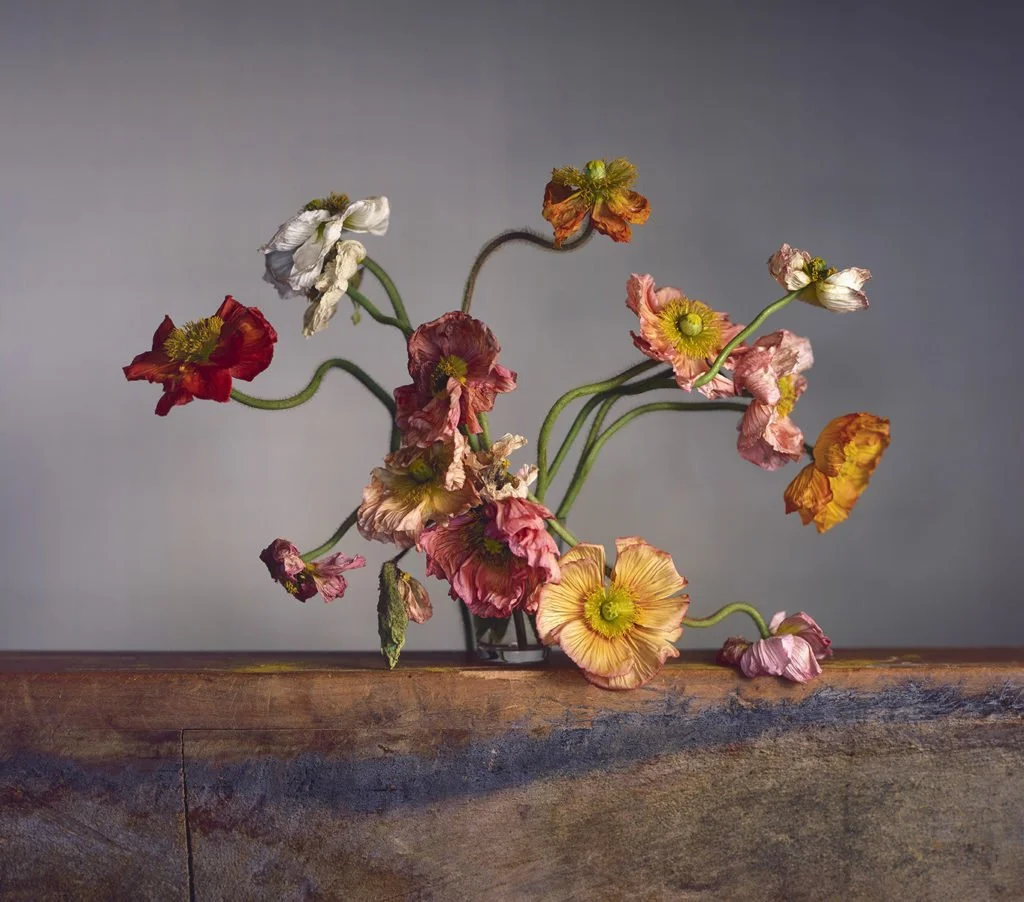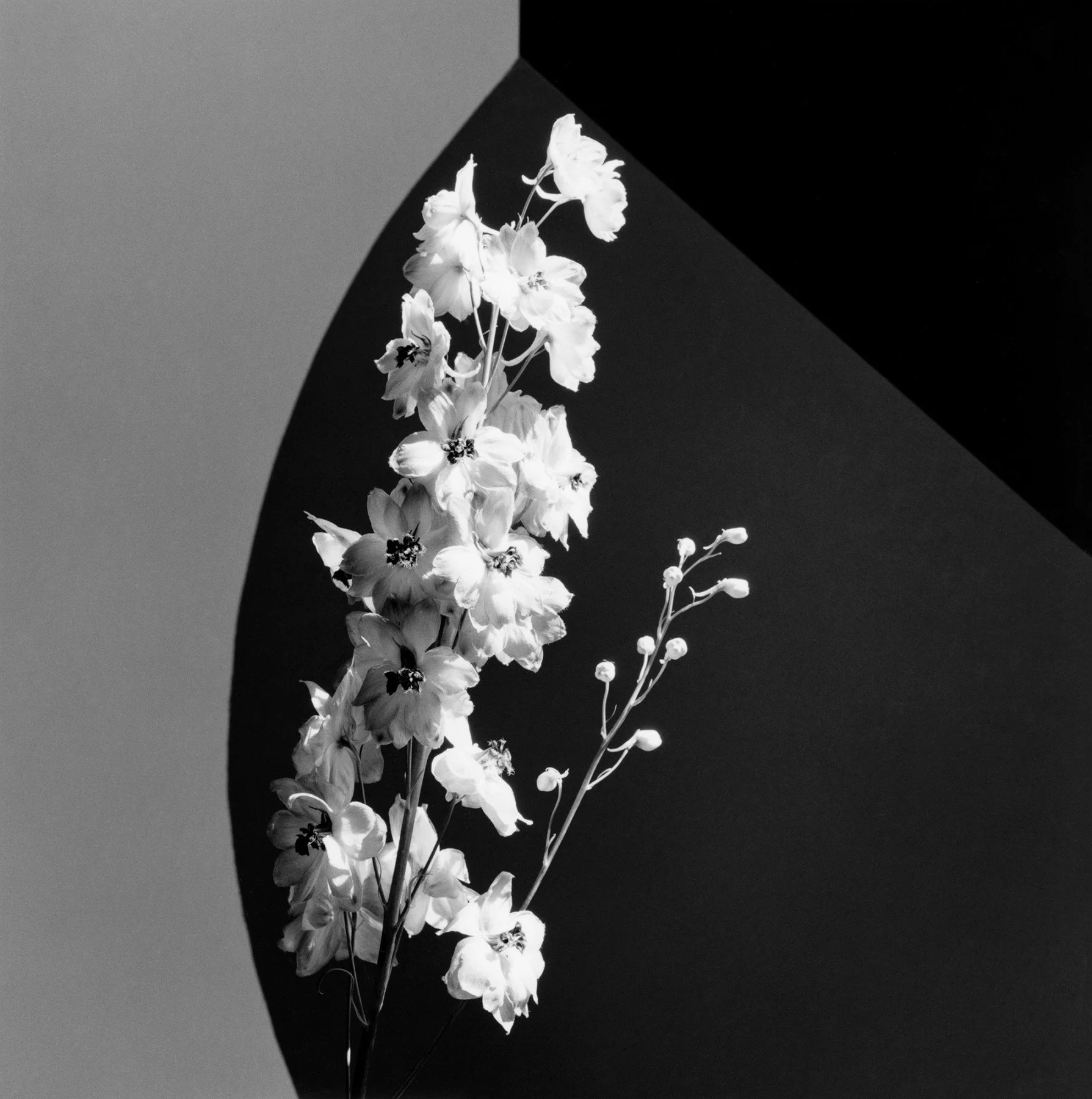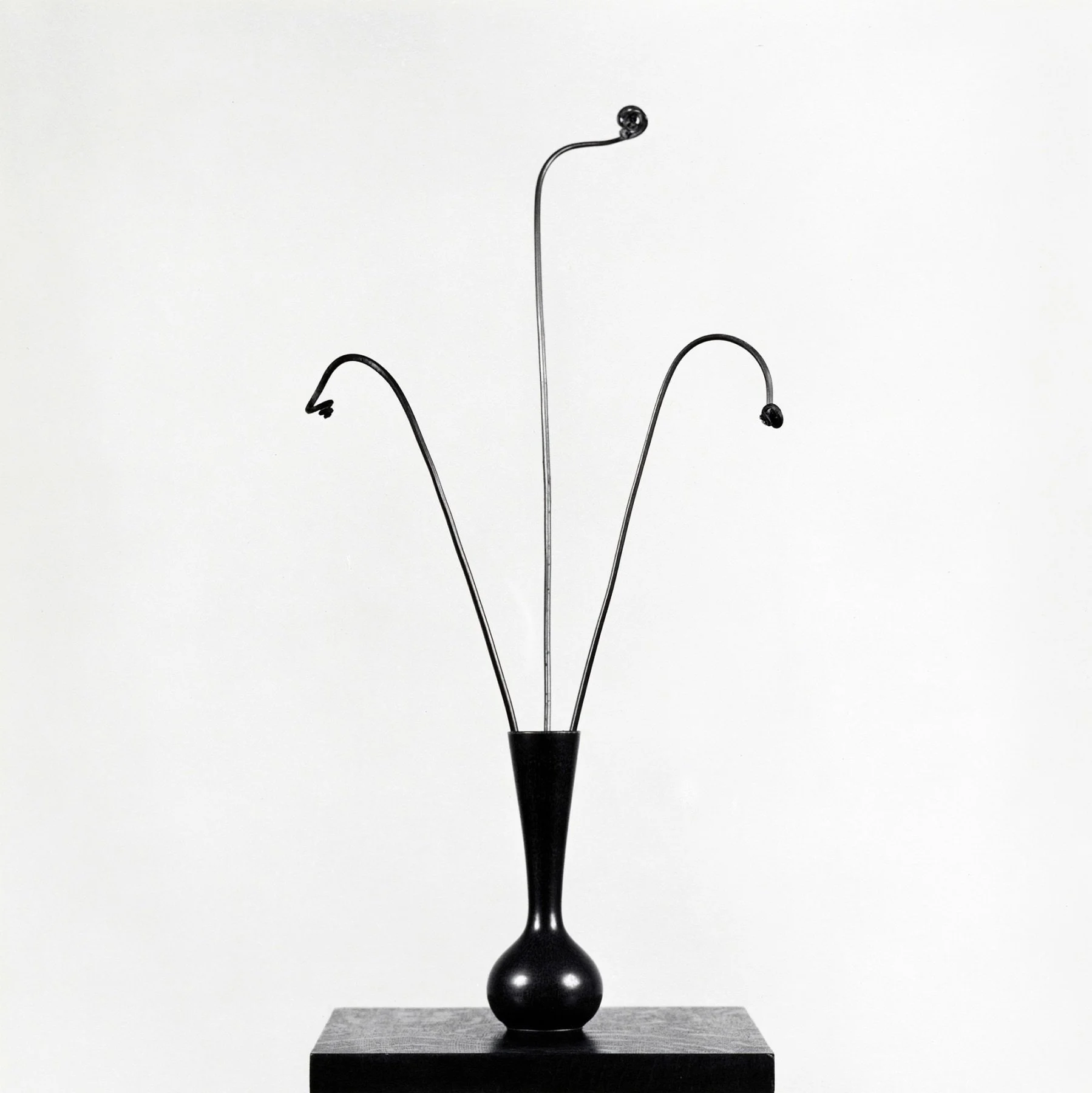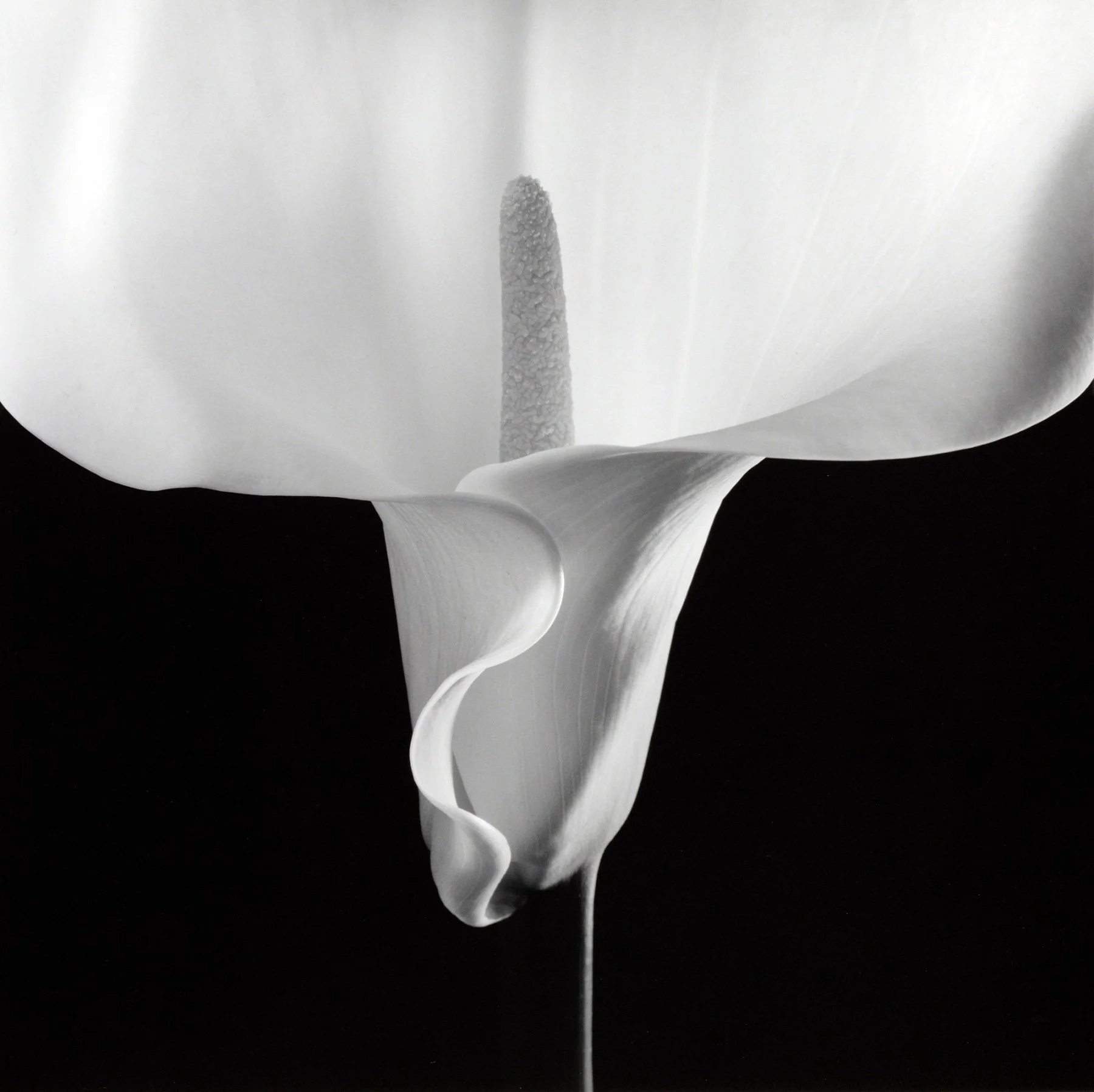Obsession vs Passion
Obsession is an intense interest or preoccupation with something that can dominate a person’s thoughts and actions. Although obsessions are often viewed negatively, as they can lead to health and social problems, they can ultimately yield beneficial results. When directed appropriately, obsession can become a powerful driving force, leading to great achievements and discoveries:
Albert Einstein was obsessed with understanding the laws of physics, which led to groundbreaking discoveries like the theory of relativity. Michael Jordan was obsessively determined to be the best basketball player, resulting in his extraordinary career and numerous NBA championships. Steve Jobs was obsessed with perfection and innovation, leading to the creation of Apple products that revolutionized technology and the way we use electronics.
Obsession is also evident in art, particularly in photography.
It is a deep, unwavering commitment to capturing the perfect image, often tied to the pursuit of excellence or the discovery of hidden beauty. As Irving Penn, an icon of 20th-century photography, said: "I can get obsessed by anything if I look at it long enough… That is the curse of being a photographer." With such an approach—constant experimentation with lighting, perspective, or subject matter—photographers can transform ordinary objects into iconic images that linger in the memory.
This kind of obsession, combined with an exceptional sensitivity to beauty and detail, partly shaped the careers of two great masters of photography:
Irving Penn & Robert Mapplethorpe
Irving Penn, known primarily for his portraits and fashion photography, had an extraordinary ability to turn everyday objects into works of art. His still life works, often minimalist, not only demonstrate artistic skill but also a deep understanding of structure, shape, and texture. Penn could capture the essence of objects, presenting their beauty in a way that resonates. In his lens, old shoes, pieces of bread, or fruits became metaphors for human life and impermanence.
Robert Mapplethorpe, known mainly for his controversial and erotic portraits, also found inspiration in still life. Like Penn, he could see the extraordinary in seemingly simple forms, imbuing them with deeper symbolic meaning. His flower photographs have a sensual quality; their bright colors and visible parts draw the viewer’s attention, similar to his more explicit works. By focusing on details, Mapplethorpe transforms flowers into symbols of reproduction.
Both artists, though different in their approaches, shared a deep fascination with the world of still life. Through their skills and obsessions, they managed to capture what often goes unnoticed by others, revealing the beauty and complexity of the world around us.
But is there a safer path than obsession—one that is free from all negative connotations yet still allows us to maintain a balance between creativity and daily life? Is there something that inspires without dominating, something that drives without overwhelming?
That is passion.
Photos: Irving Penn (colour), Robert Mapplethorpe (black&white)
recomendations:
Irving Penn Foundation Homepage: https://irvingpenn.org
Robert Mapplethorpe Foundation Homepage: https://www.mapplethorpe.org
cover photo:







